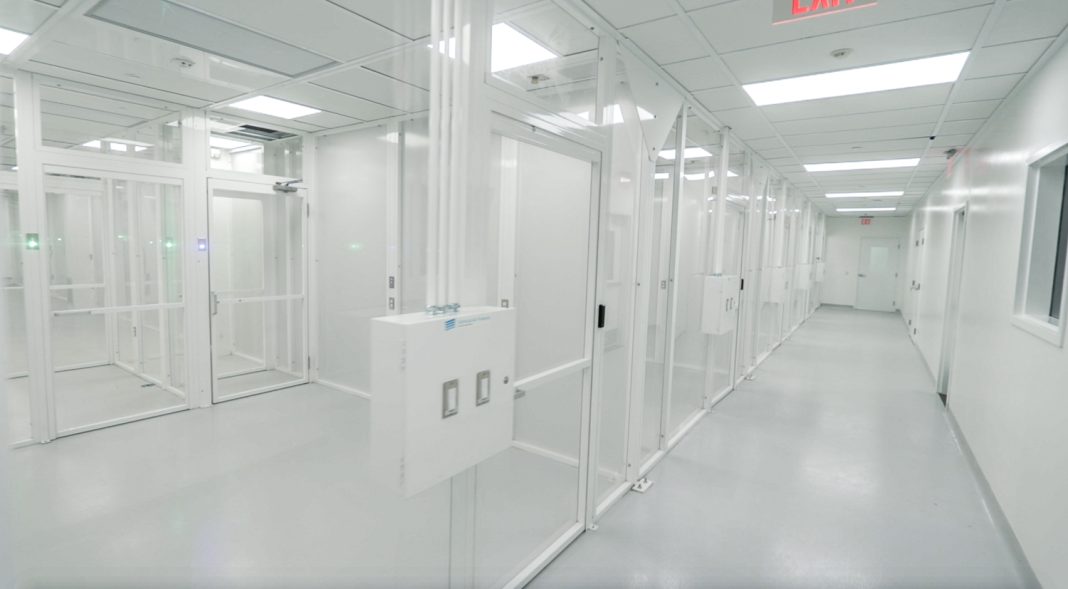Bioprocessing relies on cleanrooms. “In any instance where there is a possibility of routine operations exposing the product to the environment, or even an unforeseen event that might cause a potential risk to the product, those are the type of operations where you want to use a cleanroom,” says Ravi Samavedam, chief innovation officer at Azzur Group in Hatboro, PA. That covers a lot of operations related to bioprocessing, but the availability of cleanroom space needs to increase. A variety of options make it faster and less expensive for a bioprocessor to meet that need.
A bioprocessor could turn to a contract development and manufacturing organization (CDMO) or contract manufacturing organization (CMO), but that’s not a sure thing. “Based on some of the literature out there, there is not enough CMO capacity to meet the demand that the projections are showing,” Samavedam says. Alternatively, a bioprocessor could build more cleanrooms, but that takes 18–24 months, he notes.
Various companies offer new options in cleanroom expansion. One example is Azzur’s on-demand cleanrooms, where a bioprocessor can utilize ready-to-use cleanrooms and a variety of associated services to enable biomanufacturing. As another option, Texas-based G-CON makes plug-and-play cleanroom pods that are available in just 3–6 months and can be delivered to a site. Alternatively, Germfree can provide a mobile cleanroom on a trailer. Samavedam adds that such options “are pretty flexible.” Taking one of these new approaches to cleanrooms could also benefit another trend: global expansion of bioprocessing.
Less expensive options
These options can also be less expensive. Instead of investing in new cleanroom space, a bioprocessor can lease an on-demand or trailer-based cleanroom. “Especially for companies with products in early phase trials—where their future is unpredictable or they don’t know if their molecule is going to succeed beyond Phase I, let alone Phase III—it does not make much sense for a startup to plop down millions of dollars in a facility that’s basically going to be underutilized for the first few years,” Samavedam says.
Beyond a potential financial incentive, speed might matter even more. “For bioprocessing companies, time is money, time is everything, time is more important than money,” says Samavedam. “So for them to be able to use a cleanroom option that cuts down the wait time from 12–18 months to maybe 3–6 months, that’s a huge game changer.”


